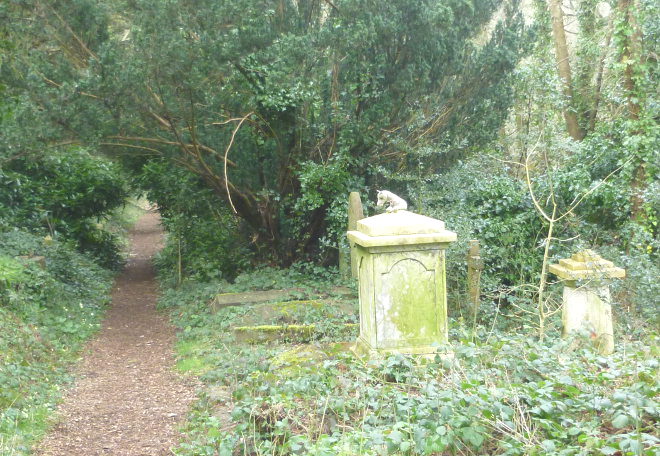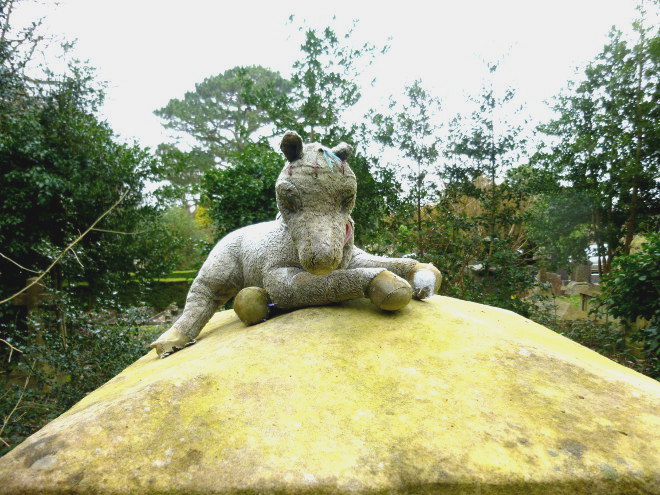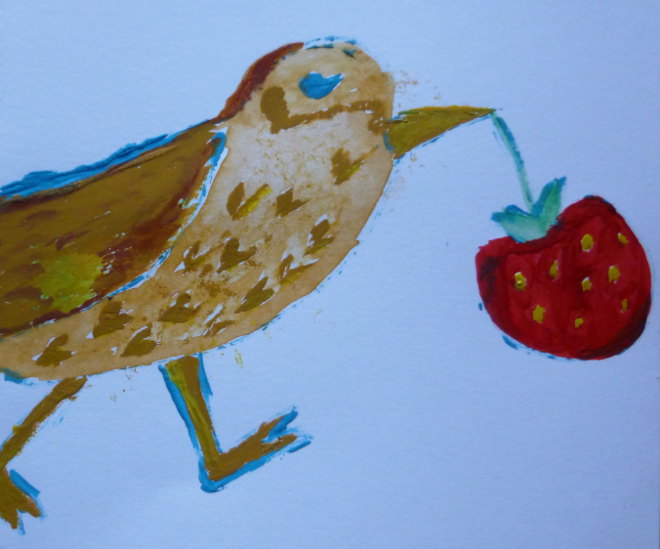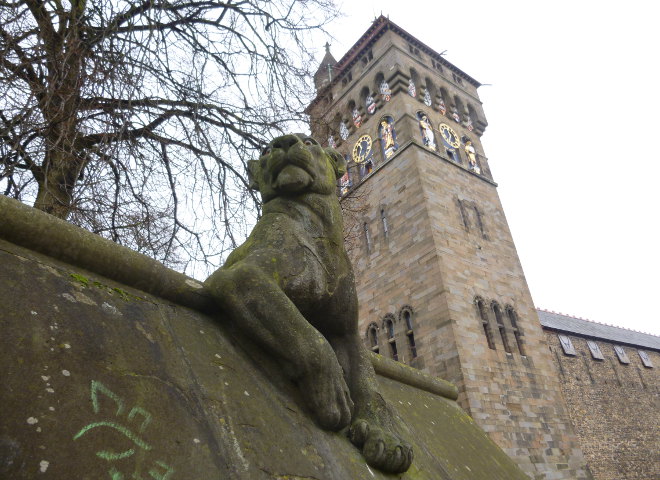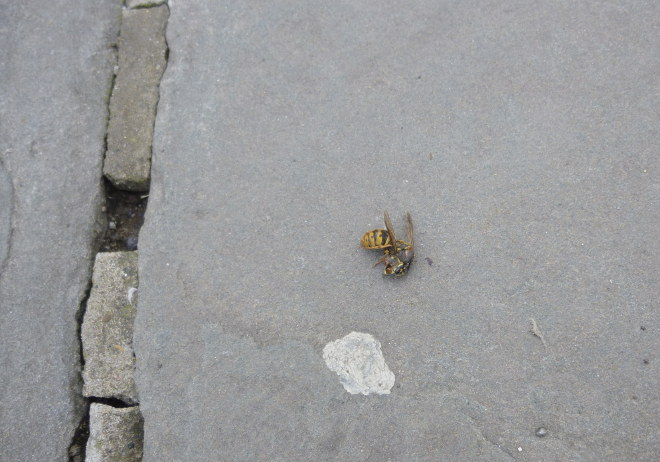 Apologies, I realise this post should have come with a warning for those entomophobes among us.
Apologies, I realise this post should have come with a warning for those entomophobes among us.
I stepped over this deceased wasp on a sunny day last week and was struck by how wrong it is to see a wasp, alive or dead, at this time of year. To my knowledge, they’re best known for spoiling late summer picnics, so what was this one doing out and about so early, and what caused its demise?
To me this insect corpse is a potent symbol of the climate crisis – a seemingly minor anomaly, but heralding potential catastrophe – the equivalent of a butterfly effect with a sting in its tail. It seems ripe with metaphor and satire for cli-fi (yes, that is a genre) writers.
Curiously enough, when I googled the definition of wasp, as well as getting lots of info about White Anglo-Saxon Protestants (go figure), I was informed that a wasp is A) a social social winged insect which has a narrow waist, and B) a solitary winged insect which has a narrow waist.
So there you go, plenty of tangents to fly with.
If you write or create something prompted by this, please send an email to Judy(at)socket creative.com to let me know. With your permission, I’ll publish it on SkyLightRain.com.


